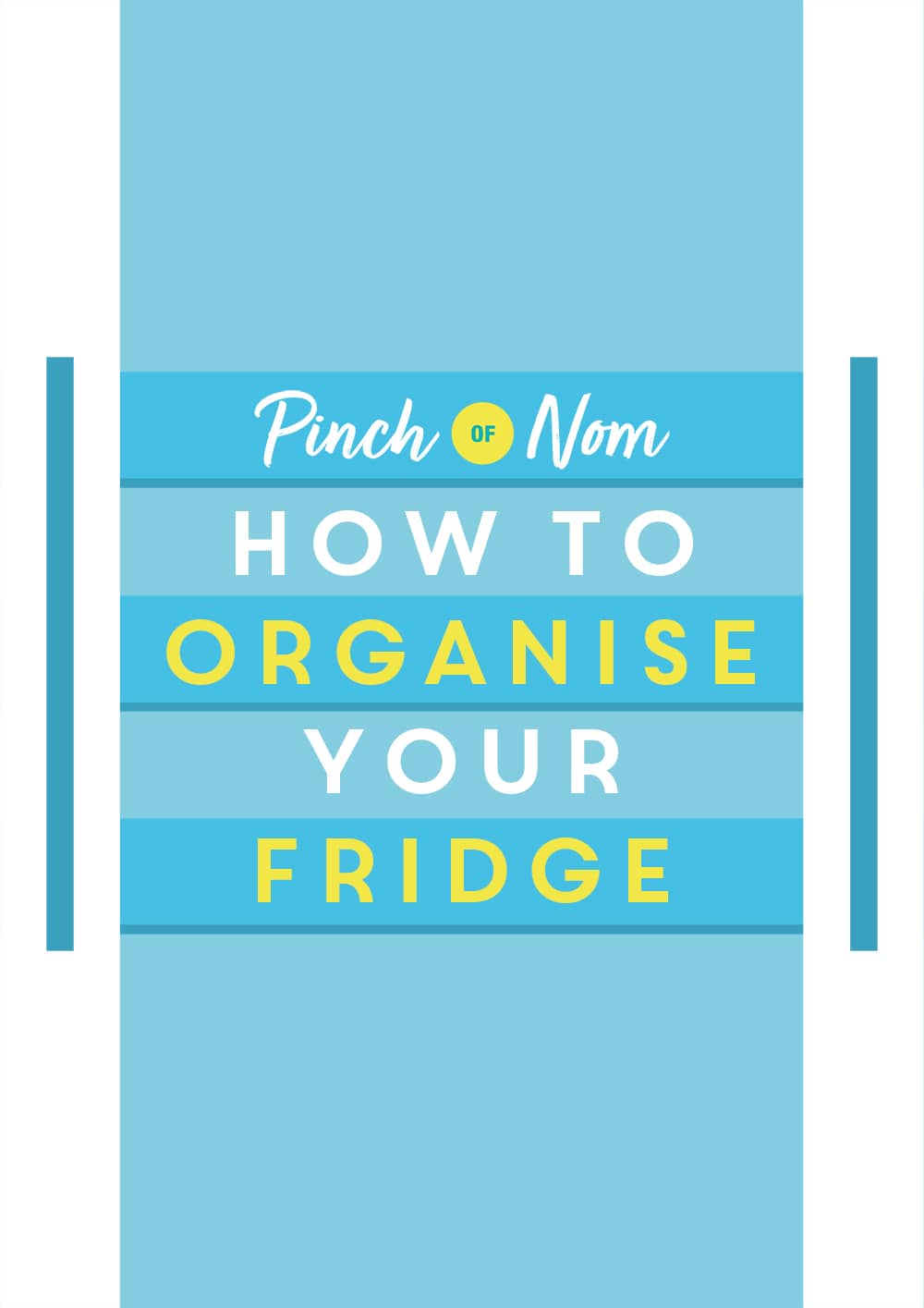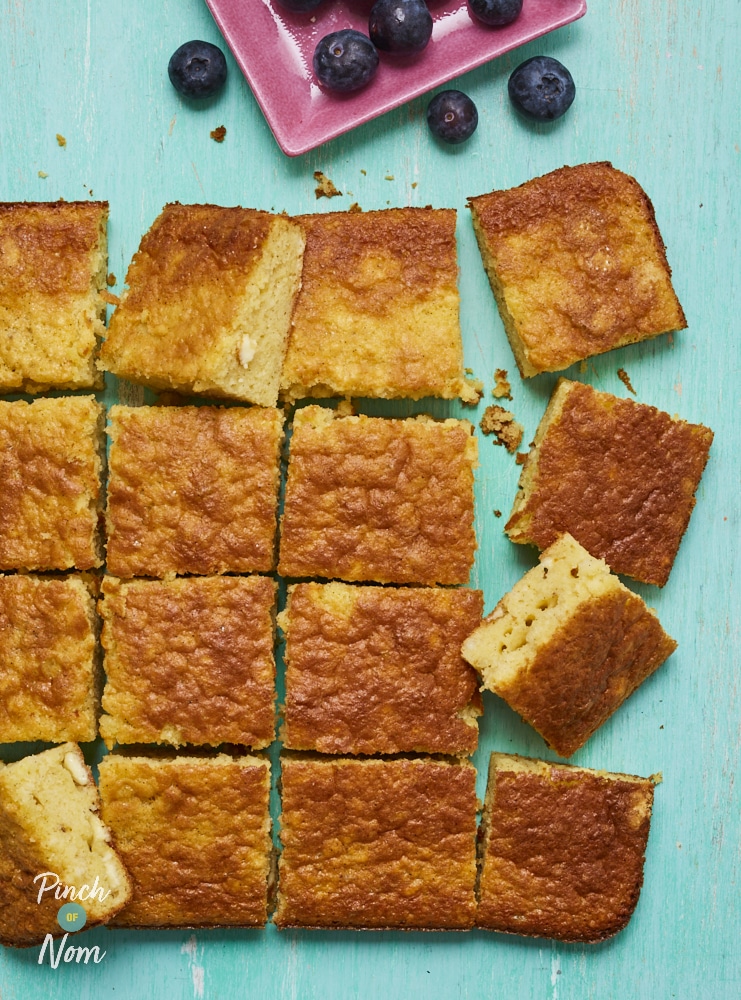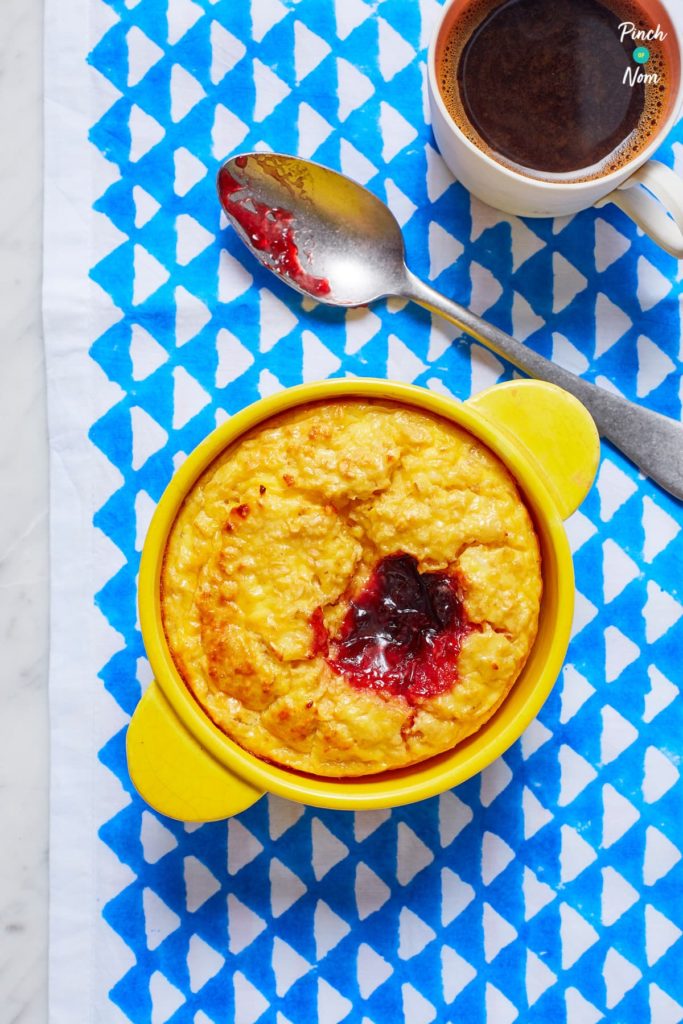How to Organise your Fridge
You don’t have to be an organisation expert to make the most of our guide to keeping your fridge clutter free and safe.
We all know that food tastes best when it’s fresh, so by organising your fridge you can preserve as much goodness as possible and maybe even save money, too!
Organising your fridge isn’t only important to keep it looking great, but also to protect you and your family from potentially dangerous food poisoning.
Bottom shelf – raw meat
We think this is the most important thing to remember when organising your fridge. Raw meat can carry nasty bacteria, and that’s why we have to cook meat thoroughly. When you’re storing raw meat, it’s SO important to keep it separate from cooked and ready to eat foods.
Even if it’s still in the supermarket cling film wrap, always store raw meat covered and on the bottom shelf which is the coldest part of the fridge. This is to make sure no blood or juices can drip onto cooked food and spread harmful bacteria.
You can also find handy storage fridge bins, like these, that will keep everything together without the risk of things toppling over and keep any spillages contained!

Middle Shelf – Dairy and Eggs
The middle of the fridge has a constant temperature and a good circulation of air. Many people keep their milk inside the door shelves, but it’s actually better to keep it on the middle shelf, alongside the butter, cheese and yoghurt.
Eggs need to be kept at a constant temperature in a cool, dry place. Although many people store them out of the fridge and it’s safe in the UK, the middle shelf is ideal for storing eggs. Many fridges come with an egg rack in the door: simply move this to the shelf, if you like!
For best results, take them out of the fridge half an hour before cooking or using in baking. Room temperature eggs make super fluffy and light White Chocolate Blondies!
Top Shelf – Leftovers and Cooked Food
Here’s where you should store food that doesn’t need cooking! Deli meats and leftovers are perfect for this shelf. You can also store baked or chilled items like our Chocolate Rice Crispy Bites. Keep them in sealed containers or reusable bags like these:

We’re huge fans of reducing food waste, and by storing your leftovers correctly you’ll find that you can easily see what needs eating first. Our Crustless Quiche Lorraine can be adapted to use up whatever leftovers you have into a filling, budget friendly meal:
Crisper or Salad Drawers
Have you ever stored a bag of salad or a cucumber near the back of the fridge and found it frozen and soggy when it’s time to use it? Your fridge isn’t broken, it’s just much colder at the back!
The drawers at the bottom of the fridge prevent the food inside from touching the back of the fridge and freezing, so they’re the best place to store salad and veggies. They also protect the delicate leaves from absorbing strong smells! You should also keep any herbs here to keep them fresh.
Keep them in sealed packaging or containers for freshness, or you could use one of these containers that help prolong the life of fresh food even longer:

Psst… tomatoes, bananas, pears, plums and avocados don’t need to be refrigerated! These fruits release gases that can cause other foods to spoil quicker, so pop them in a cool, dark cupboard or fruit bowl instead.
Door Racks/Shelves
The racks on the door are where the temperature can fluctuate the most, and it’s the warmest area of the fridge. Believe it or not, it’s the worst place for bottles of milk and juice like you see in films!
If you have any opened jars of jam, spreads or condiments, these often contain preservatives and will suit the door shelves perfectly. Whether it’s mint sauce or mayonnaise, pop your pickles and preserves in the door racks to keep them at their best.
If you find yourself with jam to use up, our Bakewell Baked Oats is a fruity, sweet breakfast:
Our Top Tips
- Never put hot food into the fridge! It affects the overall temperature and can cause food to spoil faster.
- Always defrost frozen food in the fridge, not at room temperature.
- Aim for a temperature of 5°C, and don’t overfill – you want to leave space for the air to circulate
- Clean your fridge weekly with antibacterial spray or wipes to keep bacteria at bay
- Keep strong smelling foods like onions well wrapped so the odour doesn’t leak into other foods.
- Don’t store potatoes or bread in the fridge, keep them in a cool, dark place instead!
Will you be organising your fridge this week? Let us know over on our Facebook Group where we have nearly 1m members ready to motivate, support and inspire you on your slimming journey!



